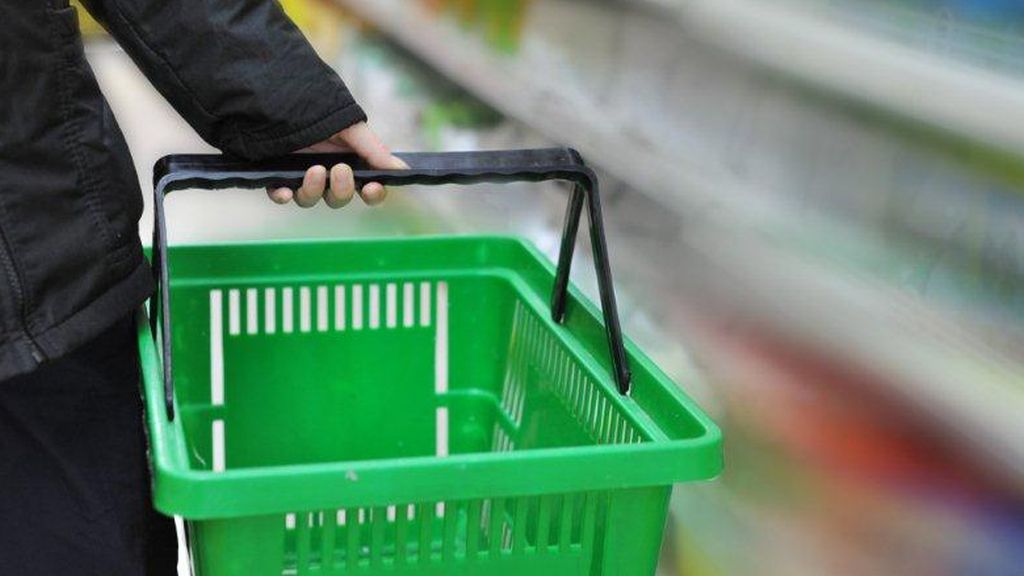In the last few weeks, Euromonitor International received a high level of interest from clients in how we reported the last global financial crisis of 2008, also known as the Great Recession. These requests came from many regions and organisational types. In response, we republished industry reports which analyse the recessionary impact on various industries. These reports were originally published in 2009-2010.
The shock to the global economy as the coronavirus health crisis morphs into a financial crisis is quite different from that seen in 2008. The lockdown currently imposed on one-third of the world’s population disrupts everything from manufacturing to finance. However, some knock-on effects on consumer behaviour and examples of how companies navigated their way through the crisis resonate in 2020.
Tightening of belts leads to trading down
One of the most notable trends across all regions in the immediate aftermath of the 2008 crisis was the reversal of trading up for trading down. In industries, such as beauty and fashion, this took the form of trading down from premium products to mass or masstige products. Within the alcoholic drinks industry, sales of premium spirits suffered as consumers moved to a lower price platform. Domestic economy lager was the star of the alcoholic drinks market in 2009 as cash strapped consumers traded down and prioritised local products. Companies that diversified into these product areas were better equipped to weather the crisis.
Growth in private label was another feature of trading down in 2008-2009. Private label grew across a wide range of FMCG, from apparel to tissue and hygiene, making inroads into categories that usually have a high level of customer loyalty. In the aftermath of the crisis, value for money, sales and discounts were vital in kickstarting sales growth. This was especially true in the apparel market which saw the heaviest contractions of all key sectors of household spending.
Echoes of “cocooning” in-home seclusion
However, several non-essential products remained resilient and even dynamic throughout the 2008-2009 crisis period. Anti-ager products withstood the downturn as consumers were not prepared to limit spending. At-home beauty products fared better in 2008, such as hair colourants, perms/relaxants, depilatories, nail polish and teeth whitening remedies. These products benefitted from the “at home” or “cocooning” trend and echoes in today’s home seclusion as so many people are in lockdown.
2008 crisis reinforced evolving consumer habits
The 2008 Great Recession reinforced changing consumer habits. The most obvious and long-lasting was the growth of e-commerce. The SARs outbreak in 2002-2004 already catapulted China ahead of the rest of the world in terms of online purchases. However, after the 2008 financial crisis, online retailing USPs came to the forefront across the rest of the world as consumers looked to compare prices and get the best deals online.
The crisis also saw myths pertaining to online sales overturned, for example, that no one would purchase clothes online. In 2020, with so many people unable or reluctant to go into stores, the internet is providing a literal lifeline to many consumers across the globe. Many people who have switched to or increased their online purchases during lockdown are likely to retain the habit in the aftermath – not just for convenience and lessening exposure to health risks but also the ability to search for the best prices.
After the 2008 crisis, it was believed that the lack of instant gratification would hamper the adoption of online shopping, but delivery times have been slashed, with Chinese giant JD.com now claiming to deliver 90% of orders within 24 hours. It wasn’t just e-commerce that grew during the last financial crisis but also the sales through discounters. The so-called “Aldi effect” appeared, seeing cash strapped consumers looking for bargains and discounters entering markets which had previously been resistant to them.
Travel and tourism bears the brunt of both crises
In both 2008 and 2020, the travel and tourism industry holds ...........................
By: Camilla Butler
The article is property of Euromonitor International, a market research provider, and can be read in full here






























